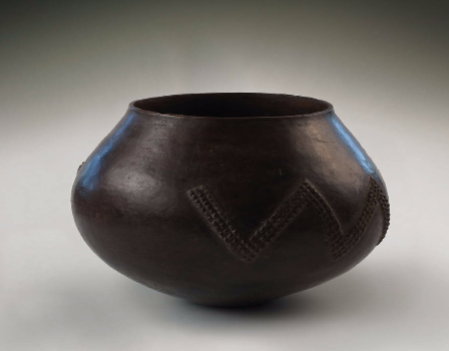
The Iron Age sequence east of the Drakensberg and south of the Phongolo River dates from AD 450 to the onset of the colonial period at, say, AD 1820. This sequence is conventionally divided into two at about AD 1060. There are significant differences in the material culture of the two periods, and it now seems widely accepted that the late period marks the settlement of Nguni speakers in the region. Settlement pattern evidence strongly suggests that agriculturists of both periods were patrilineal and married through the exchange of cattle for wives. My interest here is in possible differences in the details of marriage. I will argue that a high exchange value for women (relative to average cattle holdings) between AD 650 and 1060 meant that enduring relations between cattle-linked siblings—wives and their brothers—posed a significant challenge to the ambitions of homestead heads. By contrast, a preliminary interpretation for the period AD 1300–1650 suggests that agnatic clusters were more isolated, that the exchange value of women was low, that relations between wives and their natal households were de-emphasised, and that there was a corresponding emphasis on the authority of the homestead head.
Gavin Whitelaw is an archaeologist at the KwaZulu-Natal Museum in Pietermaritzburg. He specializes in the Iron Age of southern Africa, with a particular focus on south-east southern Africa. He has been with the museum since 1986. He received his degrees from the University of the Witwatersrand.
Date: Thursday 25 May 2017 AGM starts at 19:30
Venue: The auditorium, Roedean School, 35 Princess of Wales Terrace, Parktown, JHB
Charge: Members free Non-members R30
Disclaimer: Any views expressed by individuals and organisations are their own and do not in any way represent the views of The Heritage Portal.
